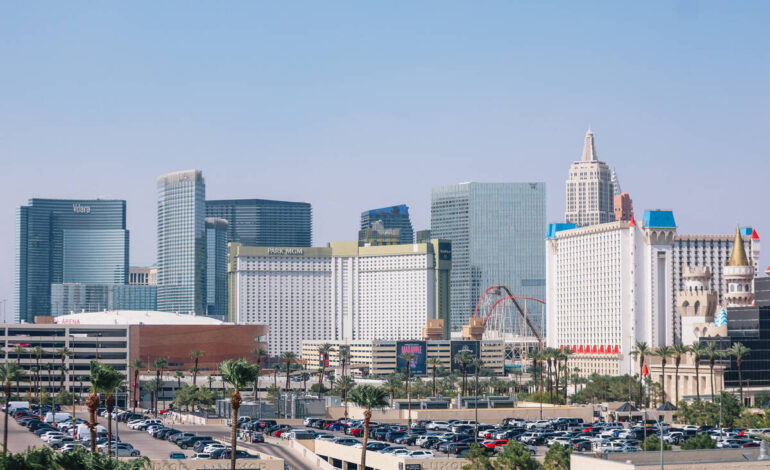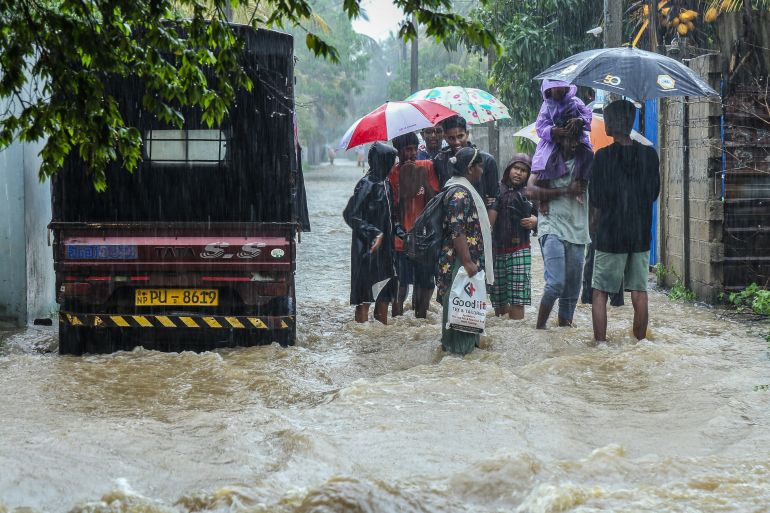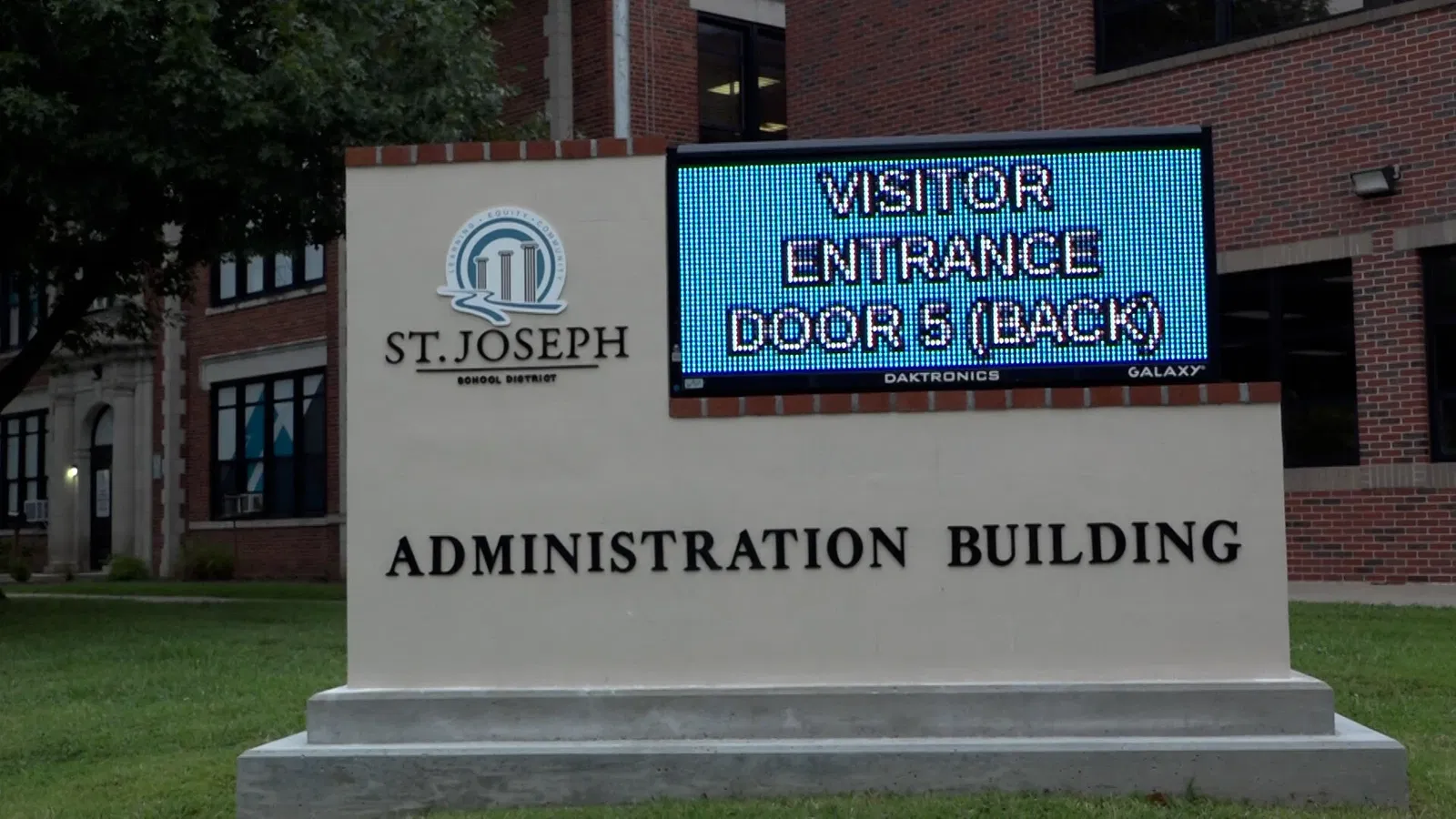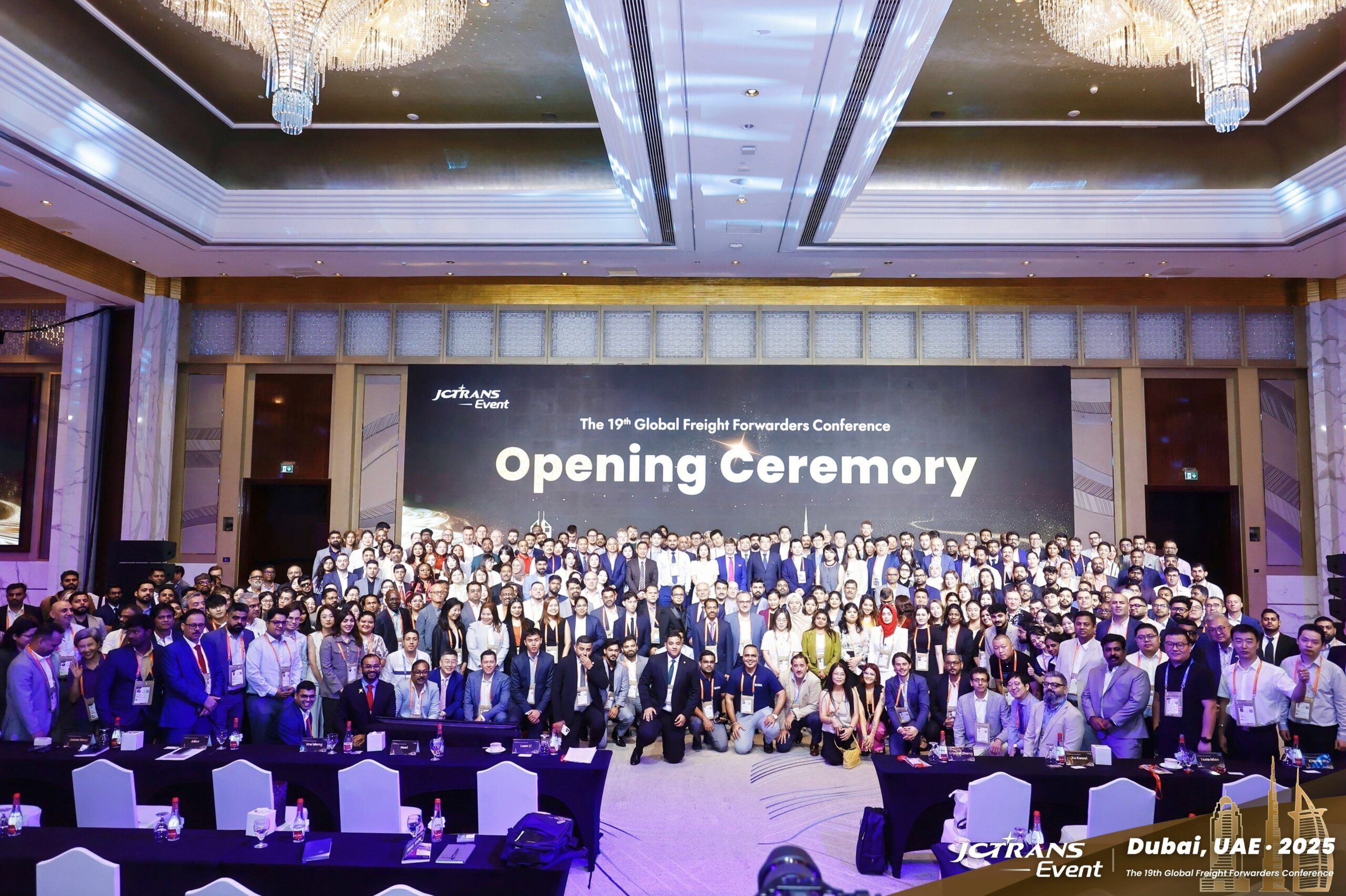Las Vegas Faces Economic Challenges Amid Changing Visitor Trends

Concerns are growing over the economic challenges facing Southern Nevada, particularly in Las Vegas, where tourism appears to be faltering. According to Susie Lee, a member of the Nevada State Assembly, the decline is attributed to the Trump administration’s “chaotic tariffs and reckless policies.” However, this perspective overlooks a significant factor: the evolving dynamics of the tourism market in Las Vegas.
For years, Las Vegas thrived on a model that attracted visitors through a mix of entertainment, gaming, and hospitality. Recently, however, the city has shifted its approach, focusing on maximizing revenue from tourists rather than enhancing their overall experience. This change may have contributed to a growing dissatisfaction among visitors. Many travelers feel that they are being charged excessively for services that were once viewed as part of the Las Vegas allure.
The competitive landscape of gambling and entertainment has also transformed. Nowadays, potential visitors have a multitude of options, often closer to home, that offer similar experiences at lower prices. This shift has prompted many to reconsider their travel choices, leading to a notable decline in foot traffic to Las Vegas.
Visitor Trends and Economic Impact
The tourism sector is a vital component of Southern Nevada’s economy, accounting for a significant portion of local revenue. As the state grapples with its economic slump, understanding the underlying causes is essential. The blame placed on federal policies by some lawmakers may not accurately reflect the broader issues affecting the region.
Las Vegas is no longer the exclusive destination for those seeking entertainment and gaming. In recent years, numerous cities across the United States and beyond have invested heavily in their own entertainment offerings. As a result, visitors can now enjoy gaming experiences in places like Atlantic City, New Jersey, and various locations in the Midwest, often at a fraction of the cost associated with a trip to Las Vegas.
Data from the Las Vegas Convention and Visitors Authority shows a decline in visitor numbers, with only 39.2 million people visiting the city in 2022, down from 42.2 million in 2019. This decrease highlights the need for Las Vegas to reevaluate its strategies for attracting and retaining tourists.
Reassessing the Las Vegas Experience
To address these challenges, Las Vegas must revisit its formula for attracting visitors. Instead of focusing solely on revenue generation, the city could benefit from enhancing the overall visitor experience. This might include reintroducing promotions, diversifying entertainment offerings, and providing more value for tourists.
Engaging with visitors and community stakeholders could also help identify areas for improvement. Understanding what travelers seek when visiting Las Vegas is crucial for restoring the city’s reputation as a premier destination. By fostering a welcoming environment and addressing concerns about pricing, Las Vegas can work towards revitalizing its tourism sector.
As Southern Nevada faces this economic downturn, the focus should shift from external factors to internal strategies. The future of Las Vegas tourism depends on its ability to adapt to changing visitor preferences and maintain its status as a leading entertainment hub.






